How IT leaders use agentic AI for business workflows
CIO Business Intelligence
APRIL 30, 2025
Though loosely applied, agentic AI generally refers to granting AI agents more autonomy to optimize tasks and chain together increasingly complex actions. Armed with contextual data, agentic AI can surface insights, trends, or anomalies more protectively, helping direct business decisions.



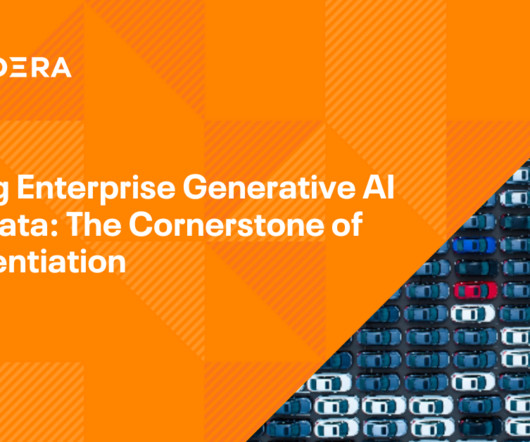


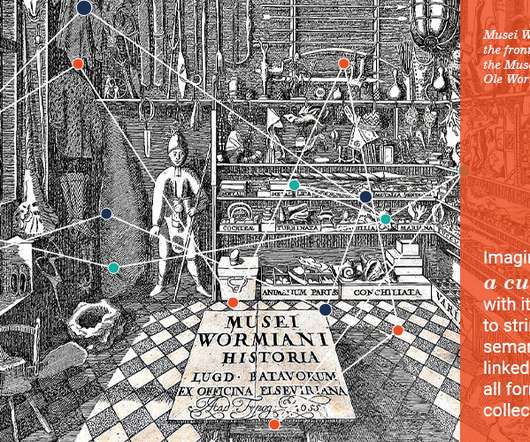

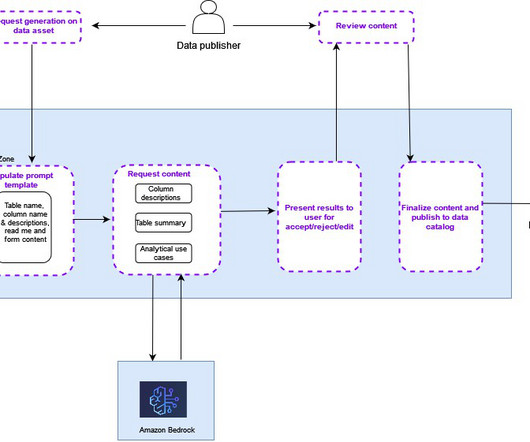



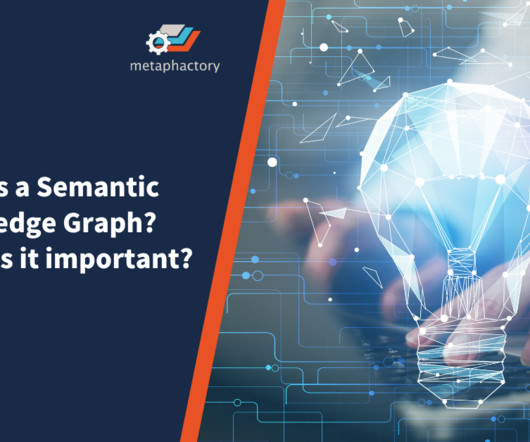


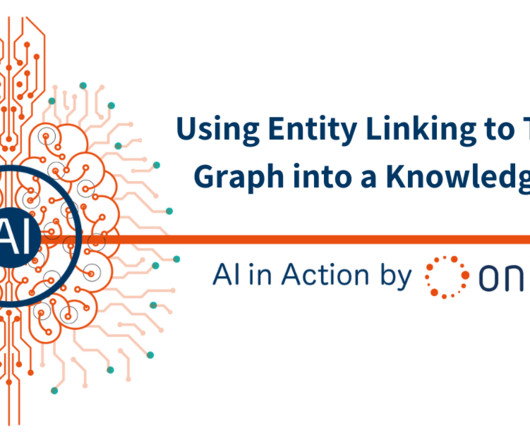








Let's personalize your content